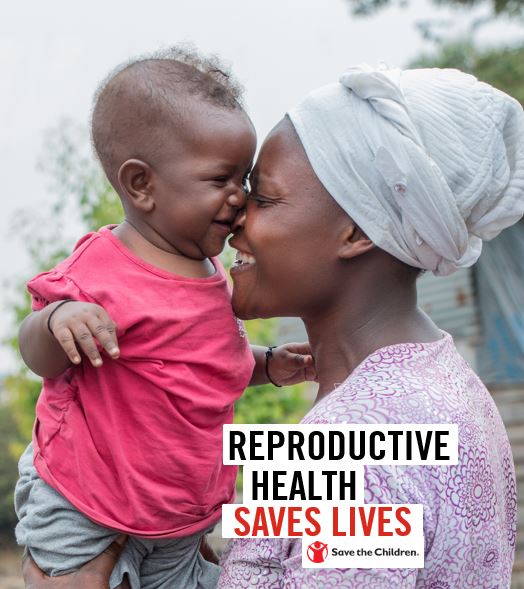
Manuals, Toolkits and Guidance
Reproductive Health in Emergencies Toolkit: Communications and Fundraising
Publication year:
2020
English
Format:
Publisher:
Save the Children US
In order to sustain programs, staff and organizations must be able to effectively communicate their impact to stakeholder, including internal leadership, partners, and donors, and make the case for further investment.
Over the past decade, the Reproductive Health in Emergencies Initiative has worked to make the case, internally and externally, that family planning and reproductive health services are necessary components of humanitarian responses. By raising awareness through internal campaigns, generating buy-in from leadership, and identifying funding opportunities, we have been able to integrate reproductive health services into all of our large-scale humanitarian responses, including in Bangladesh, the Democratic Republic of the Congo, Syria and Yemen.
The resources in this section are curated for communicators and fundraisers and are organized into the following categories:
___________
Awareness Material
- Family Planning Saves Lives Infocard (English | Arabic | French): This Infocard is an example of advocacy material used at Save the Children to promote understanding of the need for family planning in humanitarian responses and includes a list of ways that Save the Children staff can get involved to further action on family planning, such as taking an e-learning course or exploring more resources.
- Family Planning Saves Lives Poster 1 (English | French): This poster is an example of internal advocacy material to promote awareness of the need for family planning in humanitarian responses tailored to an African context, dispel myths, and direct staff to internal resources to learn more.
- Family Planning Saves Lives Poster 2 (English | Spanish): This poster is an example of internal advocacy material to promote awareness of the need for family planning in humanitarian responses tailored to an Asian context, dispel myths, and direct staff to internal resources to learn more.
- Family Planning Saves Lives Poster 3 (English | Arabic): This poster is an example of internal advocacy material to promote awareness of the need for family planning in humanitarian responses tailored to a Middle Eastern context, dispel myths, and direct staff to internal resources to learn more.
Fundraising Tools
- Delivering Reproductive Health When She Needs It Most (English): This brochure is an example of a tool for fundraising, making the case for why family planning is important in humanitarian responses and documenting Save the Children’s achievements, geographic scope, and history in the field.
- Acute Emergency Concept Note (English): This pre-written, adaptable concept note for acute emergencies enables programs to quickly respond to funding opportunities and/or solicit funds immediately upon the onset of a crisis.
- Protracted Emergency Concept Note (English): This pre-written, adaptable concept note for protracted emergencies enables programs to quickly respond to funding opportunities and/or solicit funds during an ongoing crisis.
Interview and Photography Tools
- Reproductive Health in Emergencies Interview Guide (English): This interview guide is used to interview clients and providers at health facilities or in the community related to reproductive health, including their experience during a humanitarian event, and their needs for services and how those services have affected them. Their stories and experiences can then be used to tell the story of your work and its impact.
- Reproductive Health in Emergencies Photo Shot List (English): This photo shot list describes the types of images needed to tell stories related to reproductive health in humanitarian settings, including in and out of health facilities. It can be adapted based on the specific needs of a program.
Read full abstract
View & Download
English
1 Documents
Document information
Found a mistake? Help us improve!
If you have noticed a document assigned to the wrong author or any other inaccuracies, let us know! Your feedback helps us keep our data accurate and useful for everyone.
Share
Link
